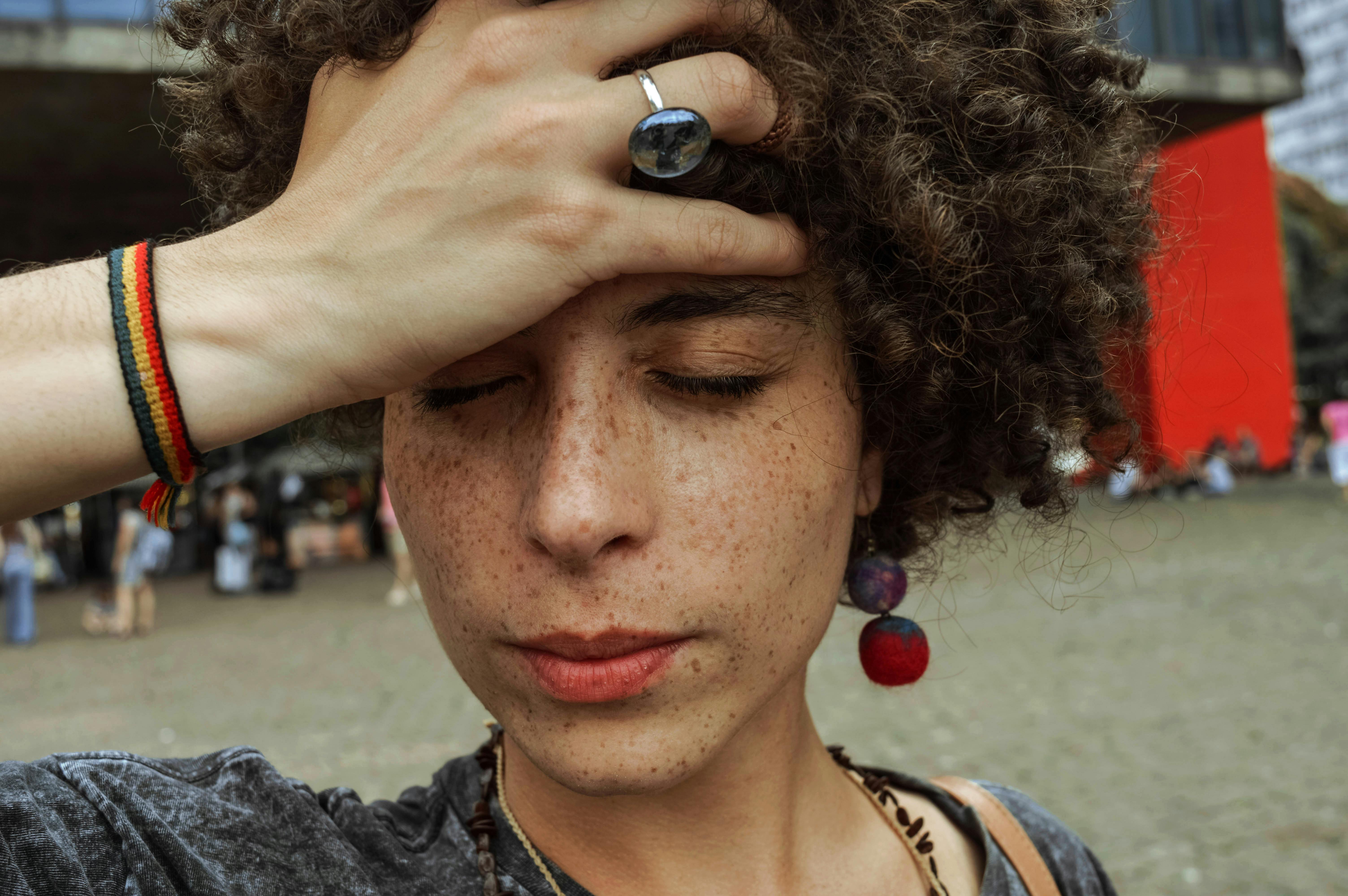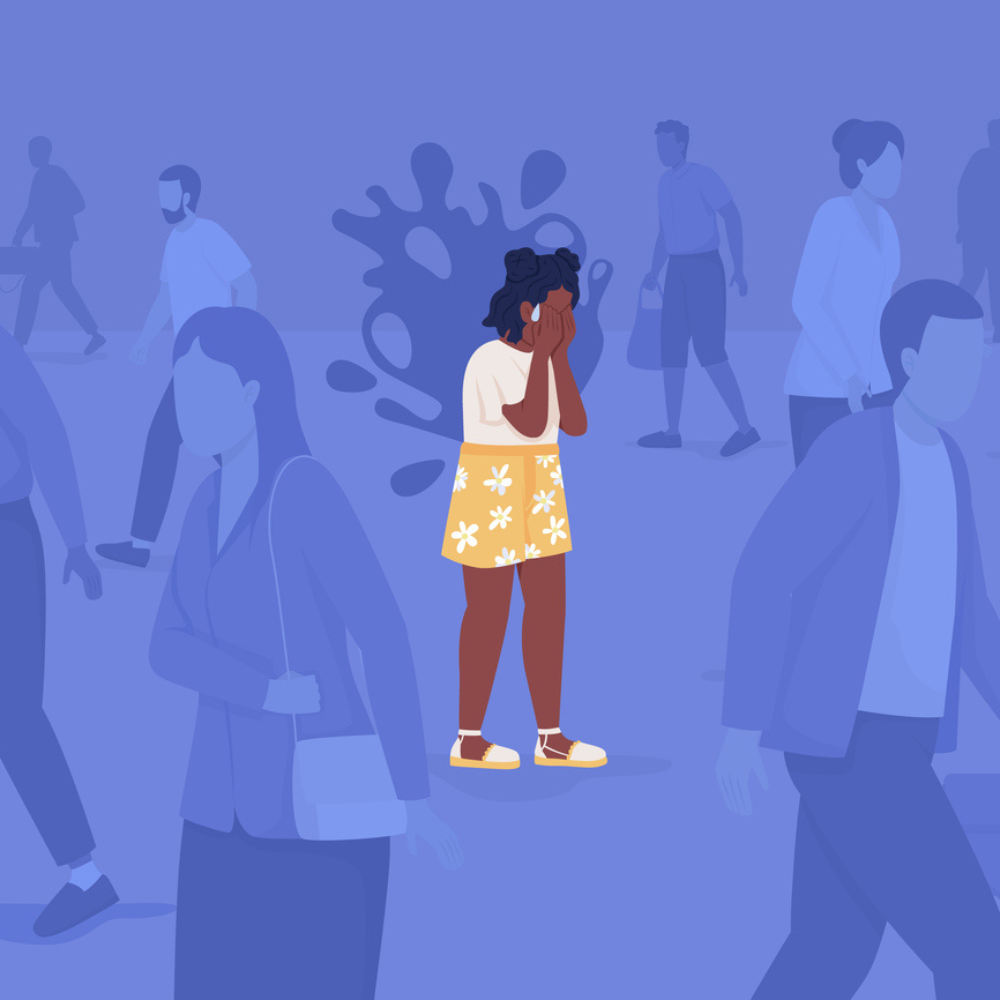Being outdoors and enjoying the company of many is considered a form of recreation, but not for everyone. For some, the mere thought of being in a crowded place is a turn-off. This isn’t so much about personal preference as it is a mental condition–whether agoraphobia or social anxiety disorder. Agoraphobia and social anxiety disorder are often misunderstood as similar conditions, yet they manifest distinctively in how they affect individuals’ lives. While both involve intense anxiety and avoidance behaviors, they differ significantly in their triggers, symptoms, and impact on daily functioning. Understanding these differences is crucial for accurate diagnosis and effective treatment strategies tailored to each condition.
Agoraphobia is an anxiety disorder characterized by fear and avoidance of situations or places where escape might be difficult or help unavailable in the event of a panic attack or other distressing symptoms. On the other hand, social anxiety is the intense fear of social situations where one might be judged, embarrassed, or humiliated. At first glance, both can be termed the fear of a crowd, but understanding the triggers helps put things in perspective. This is important both for choosing treatment options and developing empathy for a loved one going through these disorders.
Agoraphobia vs social anxiety
With agoraphobia, situations such as being outside alone, being in a crowd, using public transportation, or being in open or enclosed spaces are potential triggers. This leads to an avoidance of places or situations where individuals fear they might feel trapped, helpless, or embarrassed. The common symptoms are panic attacks, and physical symptoms like rapid heartbeat, sweating, dizziness, and gastrointestinal distress.
On the other hand, social anxiety disorder is triggered by interpersonal interactions, such as speaking in public, meeting new people, or being the center of attention. This leads to an avoidance of social situations, or enduring them with intense fear or anxiety. There’s also the fear of being scrutinized and worrying about social interactions. Physical symptoms include blushing, trembling, sweating, nausea, and difficulty speaking.
In essence, agoraphobia centers around the fear of a panic attack or being unable to escape, while social anxiety focuses on the fear of negative evaluation by others. Agoraphobia is more about specific locations or situations, whereas social anxiety is about social interactions and being judged. Both can lead to avoidance behavior, but the contexts differ.
What’s trauma got to do with it?
Understanding the link between trauma and anxiety disorders like social anxiety and agoraphobia is crucial for effective healing. Addressing both the traumatic experiences and the resulting anxiety symptoms can lead to significant improvements in quality of life. Whether it’s agoraphobia or social anxiety, trauma often dwells at the root of both disorders. Traumatic experiences, especially those involving social humiliation or intense criticism, can contribute to the development of social anxiety. For example, bullying, public ridicule, or negative social interactions during formative years can instill fear of social situations.
Traumatic events that involve feelings of helplessness, entrapment, or severe panic can cause agoraphobia. Examples include being trapped in a dangerous situation, experiencing a natural disaster, or enduring a severe panic attack in a public place. Both can be linked to trauma and if not addressed, could cause more issues for the individual. In addition, trauma can exacerbate both social anxiety and agoraphobia, leading to a complex interplay of symptoms. For instance, a person might develop social anxiety due to traumatic social experiences, and later develop agoraphobia as a result of severe panic attacks in public places.
What are the treatments for agoraphobia and social anxiety?

When it comes to the treatment of both agoraphobia and social anxiety, combining professional care with self-help strategies has proven effective. Professional help from therapists specializing in trauma and anxiety often provides the necessary support and guidance for recovery. This works alongside conscious lifestyle changes. Here are common treatments:
Cognitive Behavioral Therapy: For agoraphobia and social anxiety, Cognitive Behavioral Therapy (CBT) is highly effective. This focuses on identifying and changing negative thought patterns and behaviors. CBT helps patients with agoraphobia confront and gradually expose themselves to feared situations in a controlled manner, facing the situations in a systematic way to reduce fear response. Cognitive restructuring helps individuals identify and challenge irrational fears and beliefs. With proper relaxation techniques, learning methods like deep breathing and progressive muscle relaxation may help manage anxiety.
Similarly, CBT aims to reduce fear of social interactions and build confidence in individuals with social anxiety disorder by improving communication and social interactions. They undergo exposure exercises, which slowly expose patients to social situations, this helps them challenge and change negative thoughts about social situations.
Medications: These can be used to manage symptoms and are often most effective when combined with therapy.
- Antidepressants: SSRIs (Selective Serotonin Reuptake Inhibitors) like sertraline and fluoxetine, and SNRIs (Serotonin-Norepinephrine Reuptake Inhibitors) like venlafaxine.
- Benzodiazepines: Used for short-term relief of severe anxiety, but not recommended for long-term use due to risk of dependence (e.g., alprazolam, clonazepam).
- Beta-blockers: Help manage physical symptoms of anxiety, particularly in social anxiety (e.g., propranolol).
Mindfulness and acceptance-based therapies: Techniques like mindfulness meditation can help individuals stay present and reduce anxiety.
- Eye movement desensitization and reprocessing (EMDR): Particularly useful if trauma is a factor in the anxiety disorder.
- Group therapy: Provides a supportive environment to practice social skills and gain support from others with similar issues.

- Lifestyle changes: Regular exercise, a healthy diet, and sufficient sleep can improve well-being and reduce anxiety.
- Stress management: Techniques such as yoga, meditation, and tai chi can help manage stress.
- Support networks: Connecting with friends, family, or support groups can provide emotional support and reduce feelings of isolation.
- Gradual exposure: Start with less intimidating situations, and slowly progress to more challenging ones.
- Breathing exercises: Practice deep breathing techniques to manage panic and anxiety.
- Positive self-talk: Replace negative thoughts with positive affirmations and realistic thinking.
- Journaling: Writing about feelings and experiences can help process emotions and identify patterns.
- See the experts: Psychologists, psychiatrists, and counselors specializing in anxiety disorders can provide tailored treatment plans.
- Online resources and apps: Many online programs and mobile apps offer CBT exercises, mindfulness practices, and other support tools.
An effective treatment plan typically includes a combination of the above methods tailored to the individual’s specific needs and preferences. Regular follow-up with healthcare providers ensures the treatment remains effective, and adjustments can be made as necessary.
Featured image: Nataliia Nesterenko/iStock
Medical Disclaimer
All content found on the StyleRave.com website, including text, images, audio, video, and other formats is created for informational purposes only. The content is not intended to be a substitute for professional medical advice, diagnosis, or treatment. If you think you may have a medical emergency, please call your doctor, go to the nearest hospital, or call 911 immediately depending on your condition.
For the latest in fashion, lifestyle, and culture, follow us on Instagram @StyleRave_
—Read also
























































![Key Metrics for Social Media Marketing [Infographic] Key Metrics for Social Media Marketing [Infographic]](https://www.socialmediatoday.com/imgproxy/nP1lliSbrTbUmhFV6RdAz9qJZFvsstq3IG6orLUMMls/g:ce/rs:fit:770:435/bG9jYWw6Ly8vZGl2ZWltYWdlL3NvY2lhbF9tZWRpYV9yb2lfaW5vZ3JhcGhpYzIucG5n.webp)

















